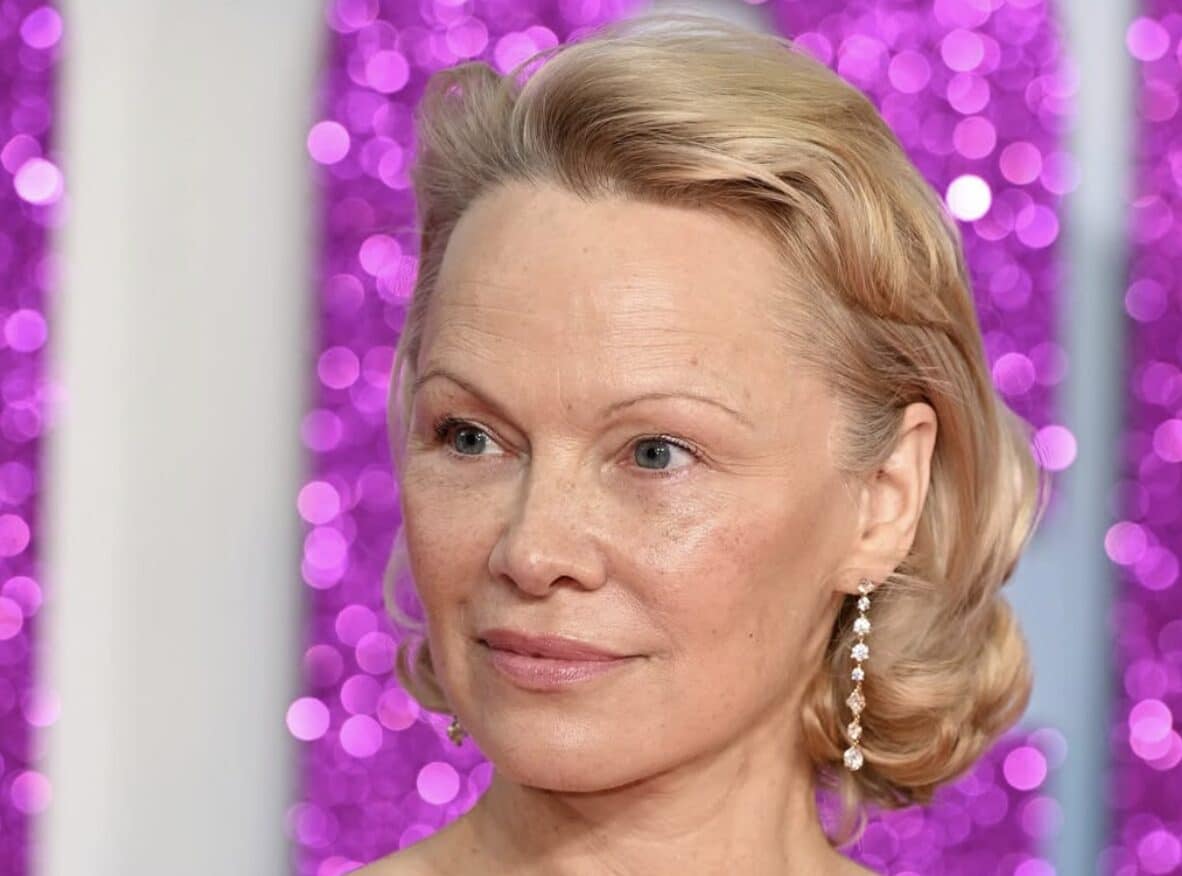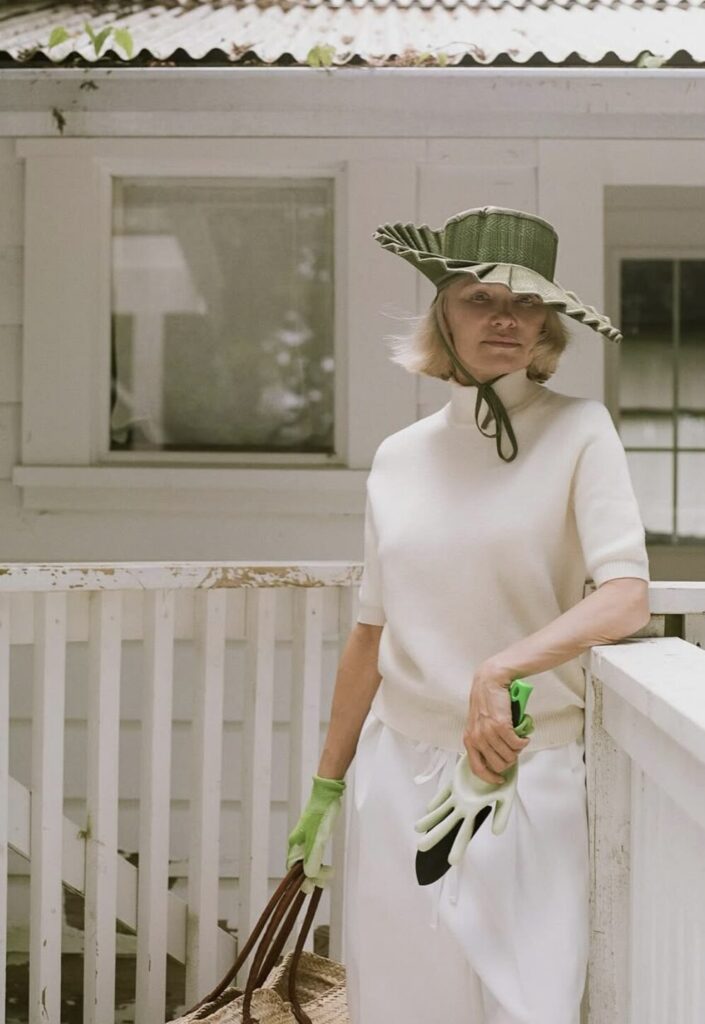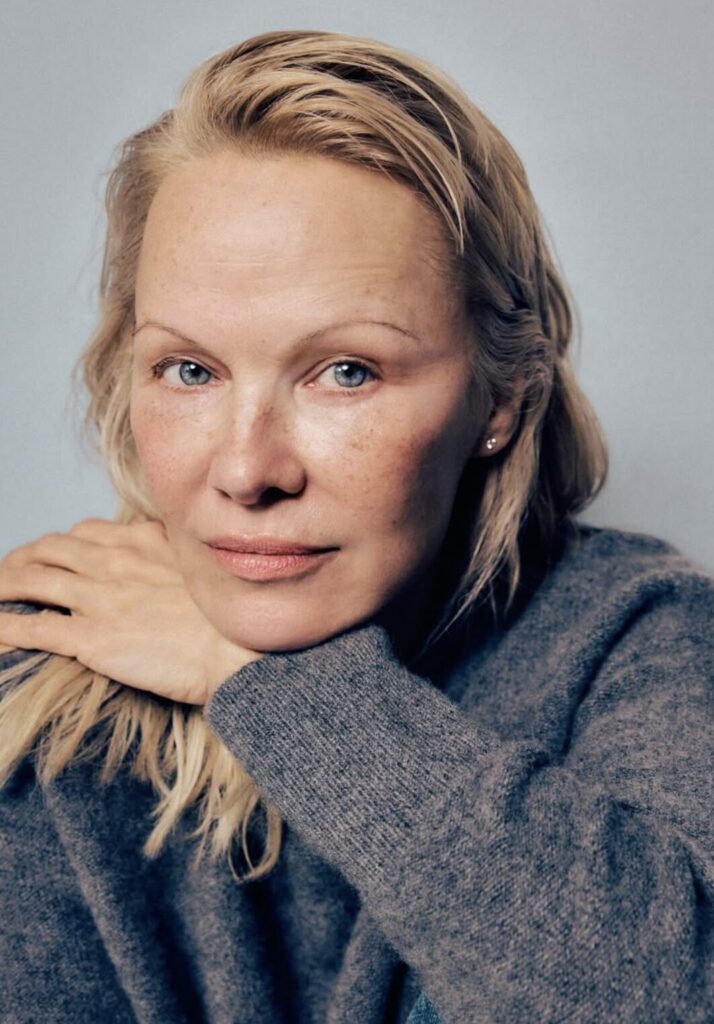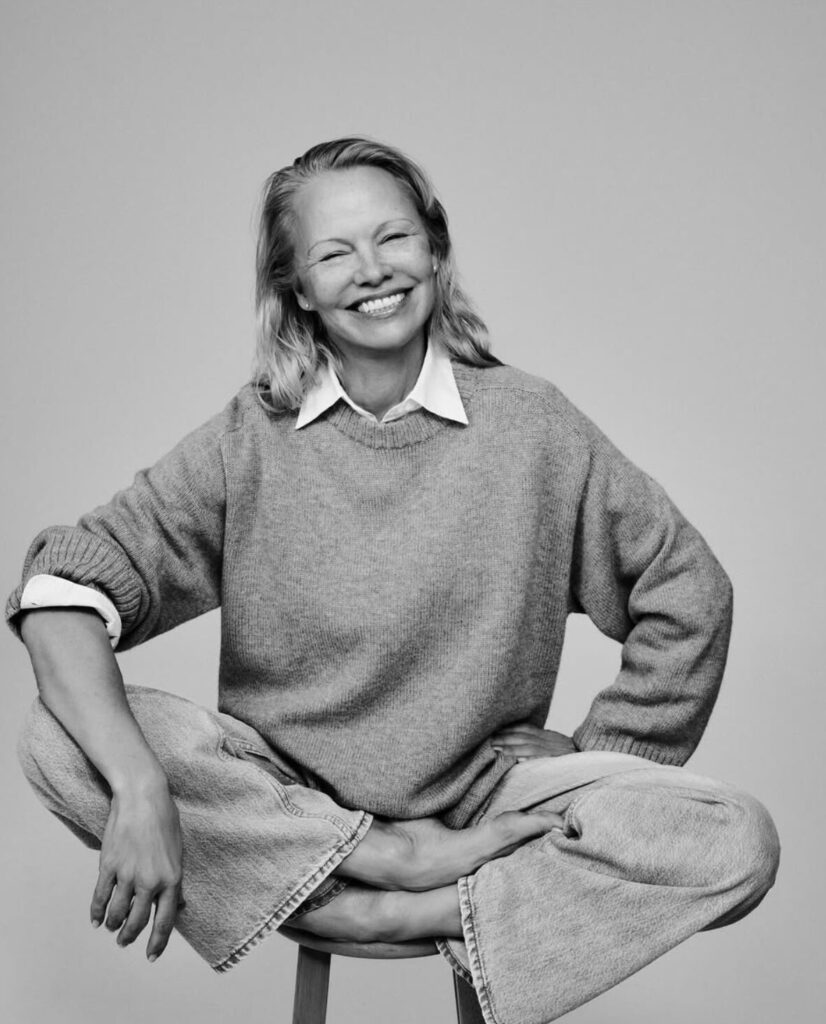Physical Address
304 North Cardinal St.
Dorchester Center, MA 02124
Physical Address
304 North Cardinal St.
Dorchester Center, MA 02124

The beauty world is experiencing a major shift as more people embrace natural-looking makeup and authentic self-presentation. The no-makeup makeup revolution represents both a beauty trend focused on enhancing natural features with minimal products and a broader cultural movement toward authenticity and self-acceptance. This phenomenon has gained momentum through social media platforms where makeup-free selfies have given individuals courage to reveal their unadorned selves. No Makeup Revolution.
While Gen Z drives demand for clean, minimalist beauty products, the movement has deep roots in decades of natural beauty advocacy. Brands like Glossier popularized the dewy, effortless aesthetic that became widely copied across the beauty industry. Celebrity advocates have amplified the message by sharing bare-faced moments on social media.
The revolution presents interesting contradictions that reveal complex attitudes toward beauty and self-presentation. Many tutorials for achieving the “no-makeup look” actually require multiple products, highlighting the paradox between natural appearance and cosmetic enhancement. Beauty brands have responded by creating new product categories and marketing strategies that emphasize authenticity while still promoting consumption.
The no-makeup makeup revolution represents a fundamental shift toward natural-looking beauty that enhances rather than transforms. This movement has redefined how people approach cosmetics, prioritizing authenticity and minimal enhancement over dramatic transformation.

The no-makeup makeup trend focuses on creating a natural-looking complexion using minimal products. Rather than heavy foundation and bold colors, this approach emphasizes a fresh-faced appearance.
The goal is to highlight natural features, creating a healthy look as if no makeup is being worn. Products used are typically sheer and lightweight.
Key characteristics include:
The trend replaces full-coverage foundations with tinted moisturizers. Bright lipsticks give way to lip balms and stains. Heavy contouring is abandoned for light, cream-based products that blend seamlessly into skin.

The story of no-makeup makeup begins with Clinique in the 1970s, which offered foundations that closely matched people’s skin tones. This marked the first major shift toward natural-looking makeup.
Makeup artist Bobbi Brown advanced the movement in the late 1980s. She focused on making people look like themselves in the best lighting possible. In 1992, Brown introduced foundation sticks designed to match skin tones more accurately.
Laura Mercier’s tinted moisturizer launch in 1997 made makeup more approachable for people hesitant about foundation. This product became a cornerstone of the natural beauty movement.
Makeup artist Victoria Jackson actually trademarked the term “No Makeup Makeup” in 2002. She had been promoting the concept since the 1980s through television appearances.

The modern revolution gained momentum with Glossier in 2014. Emily Weiss’s brand changed how the beauty industry talked about makeup, conveying a lifestyle focused on natural enhancement.
The no-makeup makeup movement reflects a broader shift in beauty perception toward mental health awareness and self-acceptance. People increasingly value authenticity over meeting unattainable beauty standards.
Makeup-free selfies on social media platforms have given individuals courage to reveal their unadorned selves. These candid images challenge conventional beauty norms.
The movement has influenced how brands market products. Companies now emphasize enhancement rather than transformation. Marketing messages focus on looking like yourself, only better.
Gen Z drives much of this revolution, demanding clean, minimalist, and authentic beauty products that celebrate natural skin. This generation rejects heavily filtered and edited beauty standards.
The COVID-19 pandemic accelerated adoption of natural beauty approaches. With mask-wearing and remote work, people embraced skincare-focused routines over heavy makeup.
Professional settings have also shifted. Natural-looking makeup has become more acceptable in workplaces that previously expected polished, traditional beauty looks.
Social media platforms transformed how people share their natural beauty, with the #nomakeup hashtag gaining over 19 million posts on Instagram alone. This digital movement created new ways for individuals to connect with authentic self-expression while challenging traditional beauty standards.
Instagram became the main platform for the makeup-free selfie trend. The platform’s visual format made it perfect for sharing unfiltered photos.
Celebrity makeup-free selfies gained millions of likes and comments. Stars like Demi Lovato shared cosmetics-free photos showing what they look like “85%-90% of the time.”
The trend spread beyond celebrities to regular users. People began posting their own makeup-free selfies to show solidarity with the movement.
Key Platform Statistics:
Social media algorithms helped these posts reach wider audiences. The more engagement a makeup-free selfie received, the more people saw it.
Research shows that no-makeup selfies may reduce negative impacts of idealized makeup images on women’s facial concerns. These authentic photos provided a counter-narrative to heavily edited content.
Many people felt empowered to share their natural appearance. The movement created safe spaces for self-acceptance and body positivity.
Benefits reported by users:
However, some critics argued the trend created new pressures. People felt they needed to have naturally perfect skin to participate in the makeup-free movement.
The influence extended to younger generations who grew up seeing these authentic images. This exposure helped normalize different skin textures and natural beauty variations.
The #nomakeup hashtag became a powerful tool for organizing the movement. It allowed users to find and connect with similar content easily.
Related hashtags emerged to support the trend:
University of Georgia researchers analyzed 784 selfies tagged with #nomakeup on Instagram. They found two distinct categories: truly makeup-free photos and “constructed natural beauty” images.
The hashtag created accountability within the community. Users could call out posts that didn’t match the makeup-free promise.
Brands began using these hashtags in their marketing campaigns. They promoted products that enhanced natural beauty rather than covering it completely.
The viral nature of these hashtags helped the movement reach global audiences. People from different cultures shared their own interpretations of natural beauty through these tags.
Famous people have changed how we think about makeup by showing their natural faces in public. These stars helped make it normal to go without makeup and challenged old ideas about beauty.
Alicia Keys became one of the first major celebrities to publicly embrace going makeup-free in 2016. She made this choice after feeling tired of always needing to look perfect for others.
Keys wrote a letter explaining her decision. She said makeup made her feel like she was hiding her true self. The singer wanted to show people that natural beauty comes from being comfortable with who you are.
Her choice sparked conversations worldwide. Many fans started posting their own makeup-free photos online. Keys proved that successful women could be confident without cosmetics.
The singer still performs and attends events without makeup. She focuses on good skincare instead of covering her face. This approach helped other celebrities feel brave enough to do the same.
Pamela Anderson joined the movement more recently by attending Paris Fashion Week events without makeup. She told Vogue France that she didn’t want to compete with the clothes she was wearing.
Anderson said her mother always told her that someday she wouldn’t want to wear makeup on her skin. She feels freedom and relief from not trying to be the prettiest person in the room.
Other celebrities have also embraced this trend:
Jamie Lee Curtis called Anderson’s choice an act of courage and rebellion. She believes this shows the start of a natural beauty revolution.
These celebrities have helped change what people think looks good. Before, most famous women always wore makeup in public. Now many people see natural faces as normal and beautiful.
Social media played a big role in this change. When celebrities post makeup-free selfies, millions of fans see them. This helps regular people feel better about their own natural looks.
The beauty industry has responded to this trend. Many companies now make products that look more natural. They focus on enhancing features instead of hiding them completely.
Beauty standards are slowly becoming more accepting of different looks. Women feel less pressure to wear makeup every day. This change helps people spend less time and money on cosmetics while feeling more confident about themselves.
The no-makeup movement directly confronts decades of beauty industry messaging that promoted heavy cosmetics as necessary for attractiveness. This shift has sparked important discussions about self-acceptance and created space for more authentic representations of beauty across media platforms.
Traditional beauty standards have long dictated that women should wear makeup to appear polished and professional. These expectations created a culture where bare faces were often viewed as unprepared or inappropriate for public settings.
The beauty industry historically promoted transformation through cosmetics. Marketing campaigns suggested that natural features needed correction or enhancement. This messaging reinforced the idea that unadorned faces were somehow inadequate.
Women faced pressure to maintain perfect appearances in professional and social environments. Many felt uncomfortable leaving home without makeup. This created a cycle where natural beauty became increasingly unfamiliar and uncomfortable.
The feminist movements of the 20th century began challenging these traditional practices. They questioned why women felt obligated to alter their appearance to meet societal expectations.
Social media initially amplified these pressures. Filtered and heavily edited photos became the norm. This created unrealistic standards that were impossible to achieve naturally.
The no makeup movement gained significant momentum through social media campaigns that encouraged unfiltered selfies. These campaigns promoted self-acceptance and challenged established beauty norms.
Celebrities began appearing publicly without makeup more frequently. This visibility helped normalize natural appearances. It showed that beauty could exist without cosmetic enhancement.
Younger generations started rejecting heavily made-up looks in favor of natural beauty. They prioritized skin health over coverage. This shift represented a fundamental change in beauty values.
The movement emphasized embracing individual features rather than hiding them. Freckles, uneven skin tones, and natural textures became celebrated rather than concealed.
Key attitude shifts include:
The no-makeup movement opened discussions about the psychological impact of constant beauty pressure. Research revealed connections between makeup dependency and self-esteem issues.
Women reported feeling more confident in their natural skin after participating in makeup-free challenges. This suggested that reduced reliance on cosmetics could improve self-image.
The movement has had a detrimental effect on unrealistic beauty expectations by encouraging women to embrace their unique features. It challenges the notion that natural faces need improvement.
Mental health professionals noted positive outcomes when clients reduced their makeup dependency. Many experienced decreased anxiety about their appearance. They developed healthier relationships with their natural features.
The body positivity movement aligned closely with no-makeup values. Both promoted acceptance of natural variation in human appearance. They challenged narrow definitions of attractiveness.
Educational initiatives emerged to help people recognize digitally altered images. This media literacy helped reduce the impact of unrealistic beauty standards.
The no-makeup makeup movement faces criticism for creating new beauty pressures while claiming to reject them. Many experts question whether brands are genuinely promoting self-acceptance or simply repackaging traditional beauty standards.
The #nomakeup movement presents a fundamental contradiction. People claim to embrace natural beauty while still using products to achieve the look.
Celebrity examples highlight this paradox. Alicia Keys gained praise for going makeup-free, but her makeup artist later revealed the extensive work behind her “natural” appearance.
The artist explained using individual false eyelashes on eyebrows for realness. She also detailed elaborate skincare routines and professional treatments. This required genetics, acupuncture, money for professionals, and specialized techniques.
The “effortless” look often requires more effort than traditional makeup:
Even the boy beat trend, created by Beyoncé’s makeup artist, claims to be unintentional and effortless. Yet it still follows specific rules and techniques.
This creates confusion about what natural beauty actually means. The movement suggests people can look naturally beautiful with the right products and professional help.
Brands have capitalized on the desire to look naturally beautiful. Companies like Glossier market products for people who want to do less with their makeup routine.
Perricone’s “no makeup” makeup collection costs significantly more than traditional cosmetics. The brand promises results “better than wearing nothing at all.”
Popular “natural” beauty brands include:
Critics call these products ineffective or overpriced. Beauty vlogger Jackie Aina questioned paying $26 for products that seem to disappear when applied.
The real success comes from selling an identity. Brands create the “Glossier girl” archetype who needs only three products to get ready.
These companies profit by selling the feeling of natural beauty. Customers buy into a lifestyle rather than visible results.
The trend maintains beauty consumption while claiming to reject it. Women still purchase products, techniques, and professional services.
Research shows the no-makeup movement may fail to reduce cosmetics consumption. Studies found cosmetic sales increased alongside the #nomakeup trend on social media.
Beauty standards remain narrow within the natural makeup concept. The trend typically favors young, thin, Eurocentric features with perfect skin.
Critics argue the movement:
Some experts believe the trend negatively impacts society’s beauty standards. The movement can alienate people who don’t naturally fit these ideals.
The paradox creates conflicting messages about beauty. Women receive praise for looking naturally beautiful while still needing products and techniques to achieve the look.
Machine learning analysis of #nomakeup selfies revealed many images still showed signs of makeup use. This suggests people feel pressure to enhance their appearance even when promoting natural beauty.
Beauty companies have shifted their product lines and marketing strategies to match the growing demand for natural-looking cosmetics. They now focus on lightweight formulas and authentic advertising that celebrates real skin.
Cosmetic brands have developed entirely new product categories to support the no-makeup makeup trend. Lightweight skin tints and BB creams have replaced heavy foundations as consumers seek barely-there coverage.
Tinted serums combine skincare and makeup in one step. Companies like Glossier, Rare Beauty, and Ilia have built their success around these hybrid products that hydrate while providing light coverage.
Multi-use products have become essential for the makeup movement. Lip-and-cheek tints, stick highlighters, and brow-gel mascaras allow users to create complete looks with fewer items.
Popular multi-tasking brands include:
These innovations focus on enhancing natural features rather than covering them completely. The formulas prioritize skin health with added vitamins and hydrating ingredients.
Beauty brands have completely changed how they advertise products to align with authentic beauty values. Companies now showcase real users with unfiltered skin, diverse skin tones, and natural textures instead of heavily retouched models.
Minimalist packaging reflects the no-makeup makeup philosophy. Brands like Typology and Versed use simple designs with clear ingredient lists to build consumer trust.
Social media campaigns emphasize real beauty over perfection. Companies partner with influencers who promote skin positivity and show makeup application on unfiltered skin.
Before-and-after photos now feature subtle transformations rather than dramatic changes. This shift helps consumers understand that the goal is enhancement, not complete coverage.
The movement embraces authenticity and inclusivity as core values. Brands that successfully adapt to these expectations gain stronger customer loyalty and trust in an increasingly competitive market.
Going makeup-free creates powerful mental shifts that boost confidence and self-worth. This movement reshapes how people view themselves and helps society embrace more realistic beauty standards.
The makeup-free movement transforms self-perception by removing barriers between a person’s true self and their outward appearance. When individuals choose to show their unfiltered faces, they often experience a profound sense of liberation.
Key psychological benefits include:
Studies show that breaks from heavy makeup lead to better self-esteem. People report feeling more comfortable in their own skin after embracing natural beauty.
The act requires courage in a society focused on perfection. This bravery builds inner strength and confidence that extends beyond appearance into other life areas.
Many discover they feel more authentic without cosmetic enhancement. This authenticity creates deeper self-connection and reduces the mental energy spent maintaining an artificial image.
When people share makeup-free images on social media, they create ripple effects that benefit entire communities. No-makeup selfies give others courage to reveal their unfiltered selves and challenge unrealistic beauty standards.
Social media impact includes:
The psychological benefits of viewing no-makeup selfies show measurable improvements in facial appearance satisfaction among viewers. This creates positive feedback loops where authenticity spreads.
Celebrity participation amplifies these effects. When famous figures show their natural faces, they normalize the concept for millions of followers.
The movement encourages honest conversations about beauty standards and self-image. These discussions help break down harmful myths about perfection and create space for diverse definitions of attractiveness.